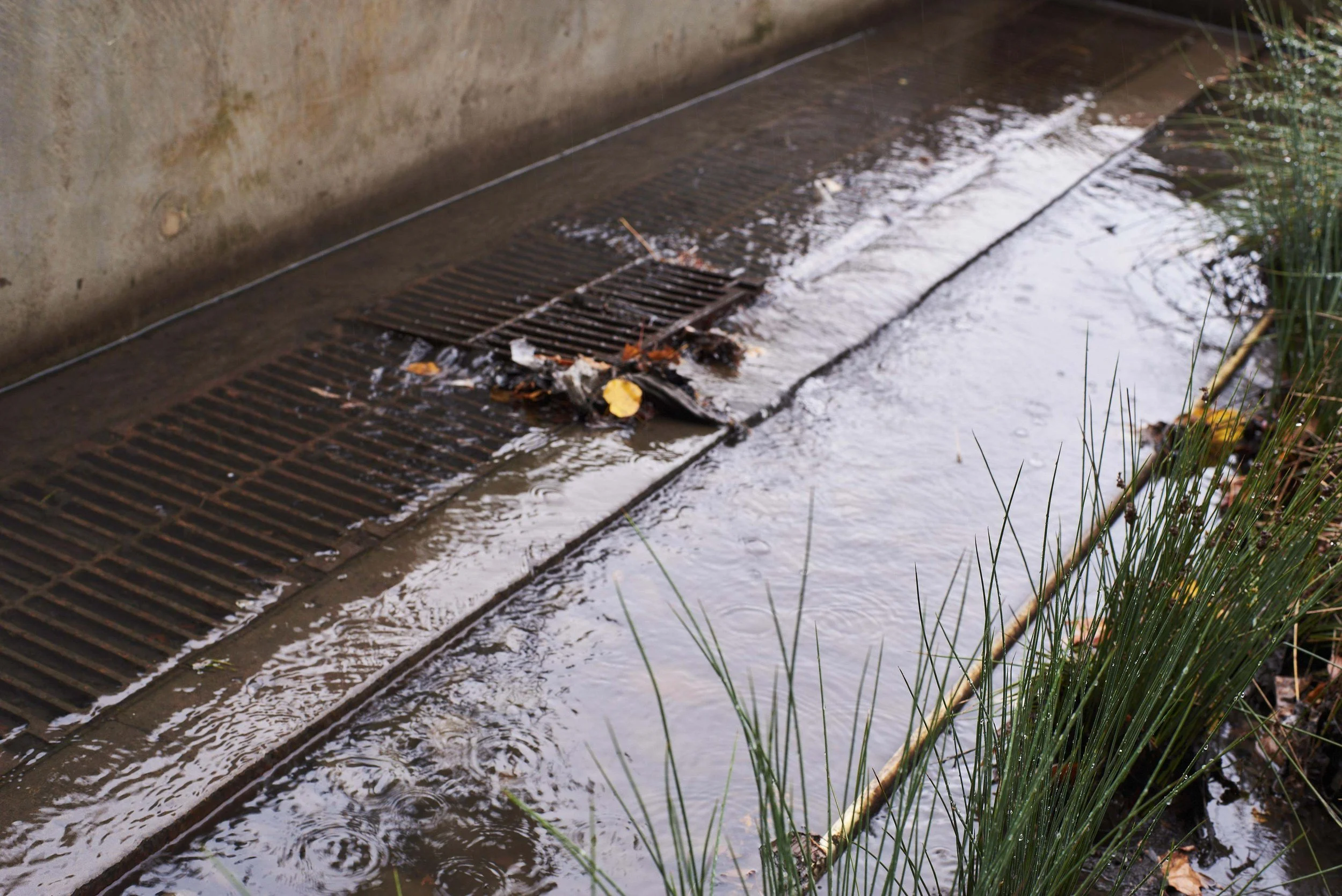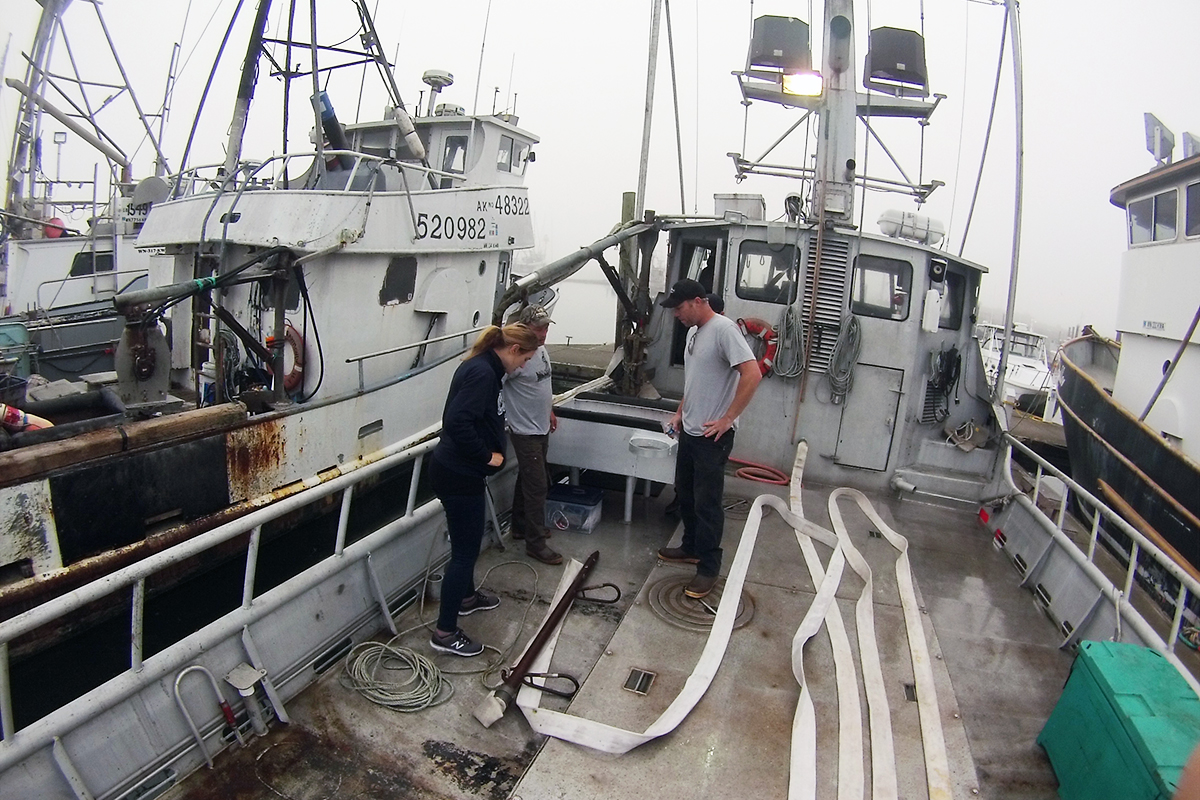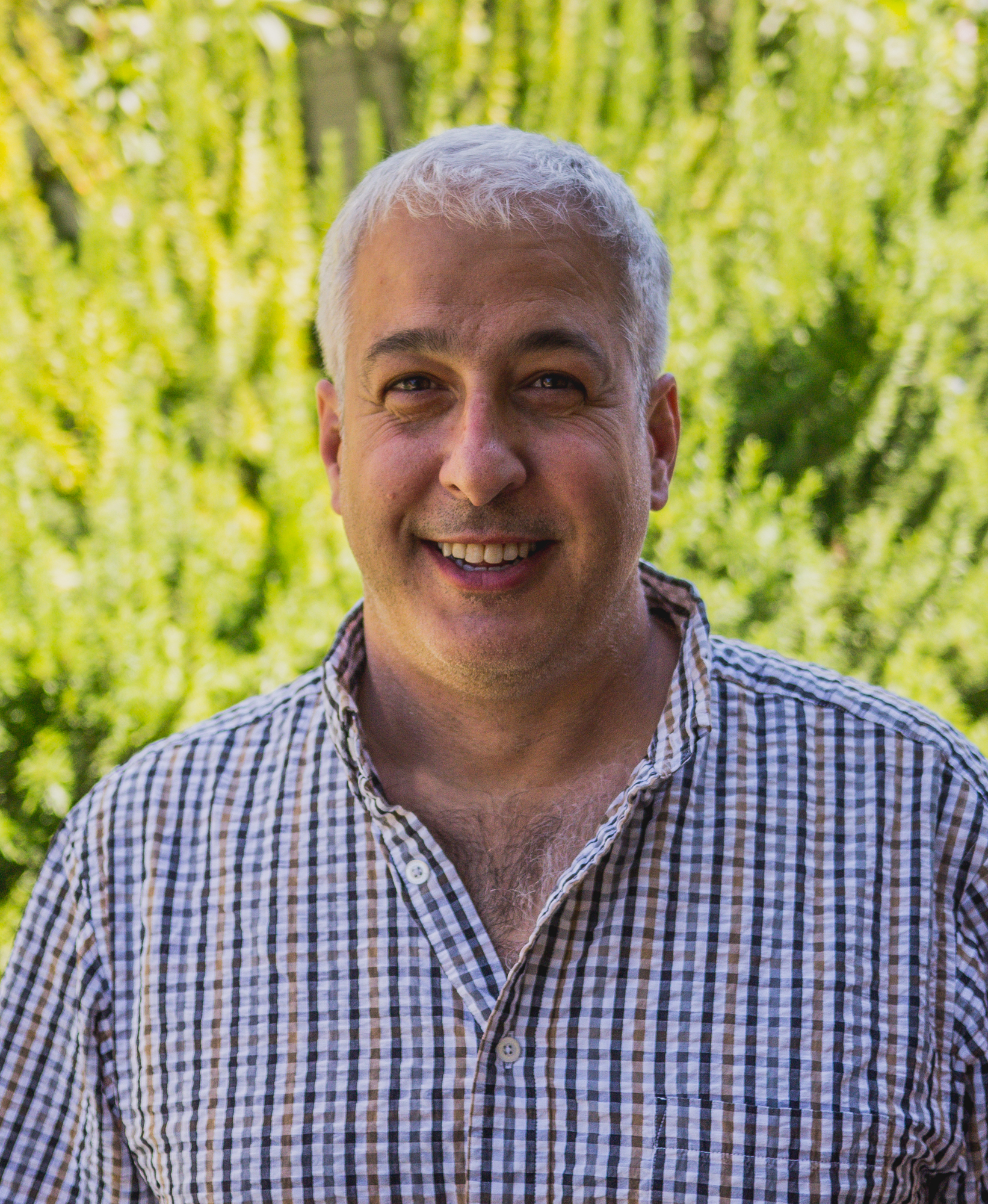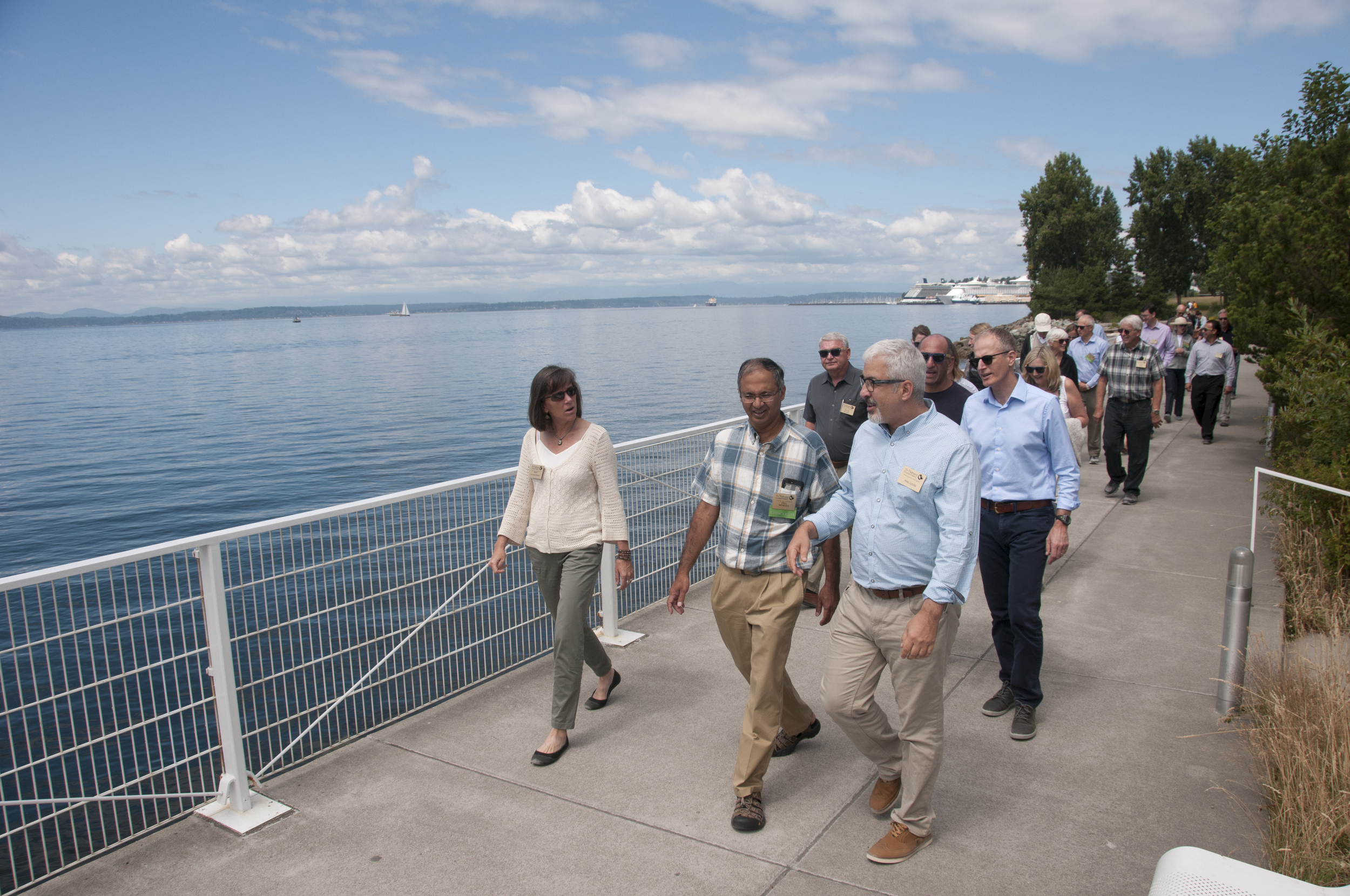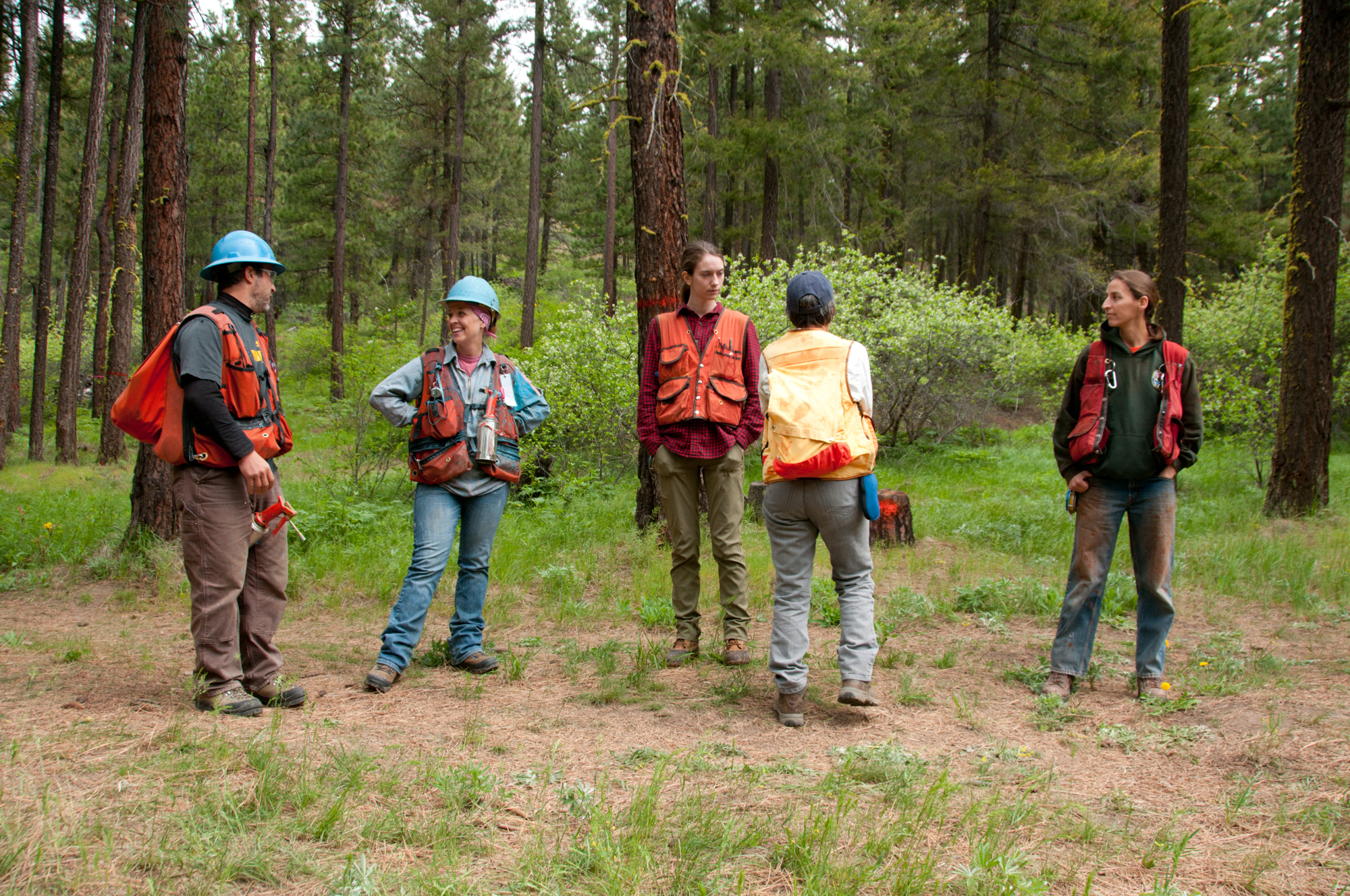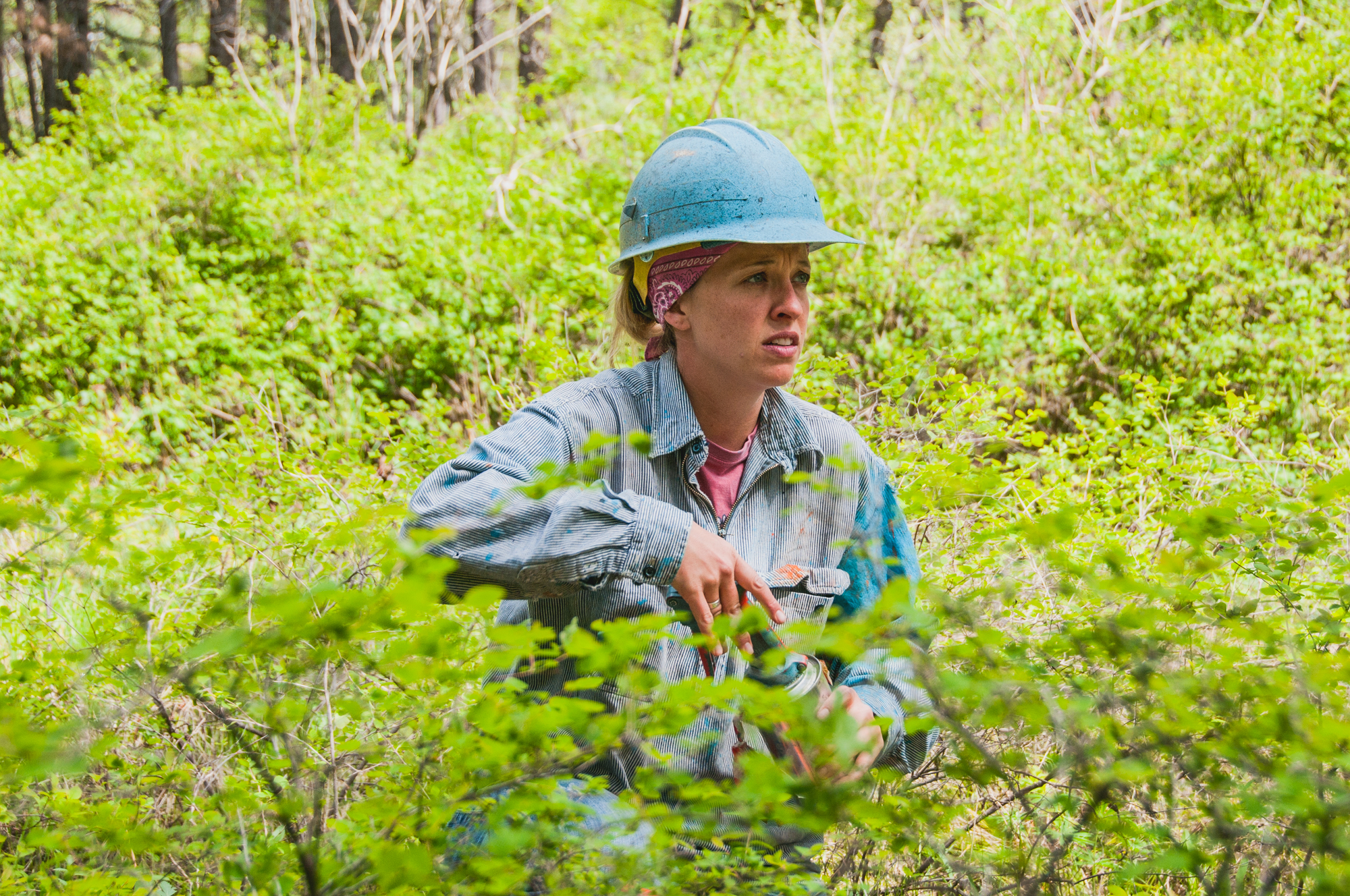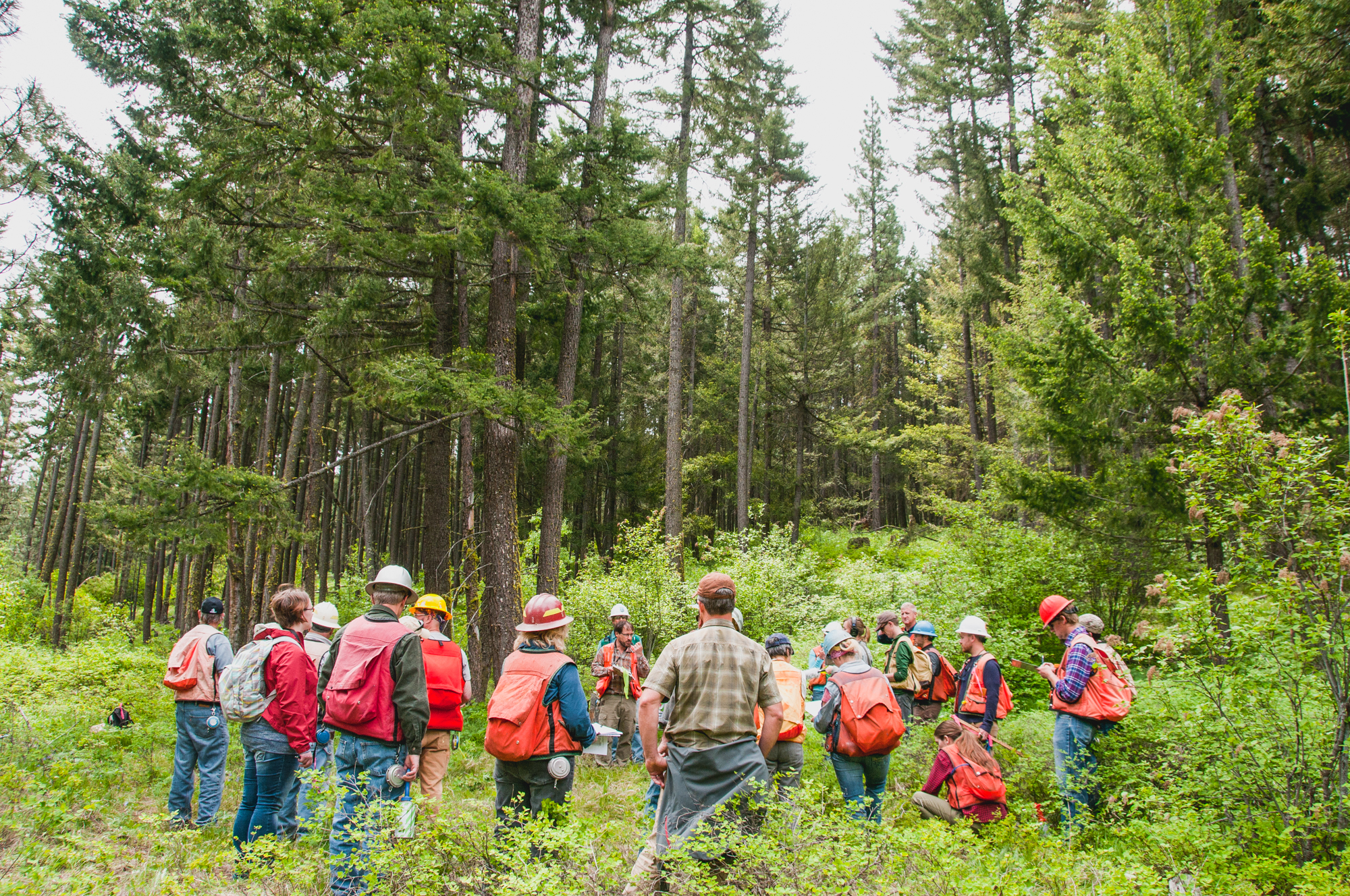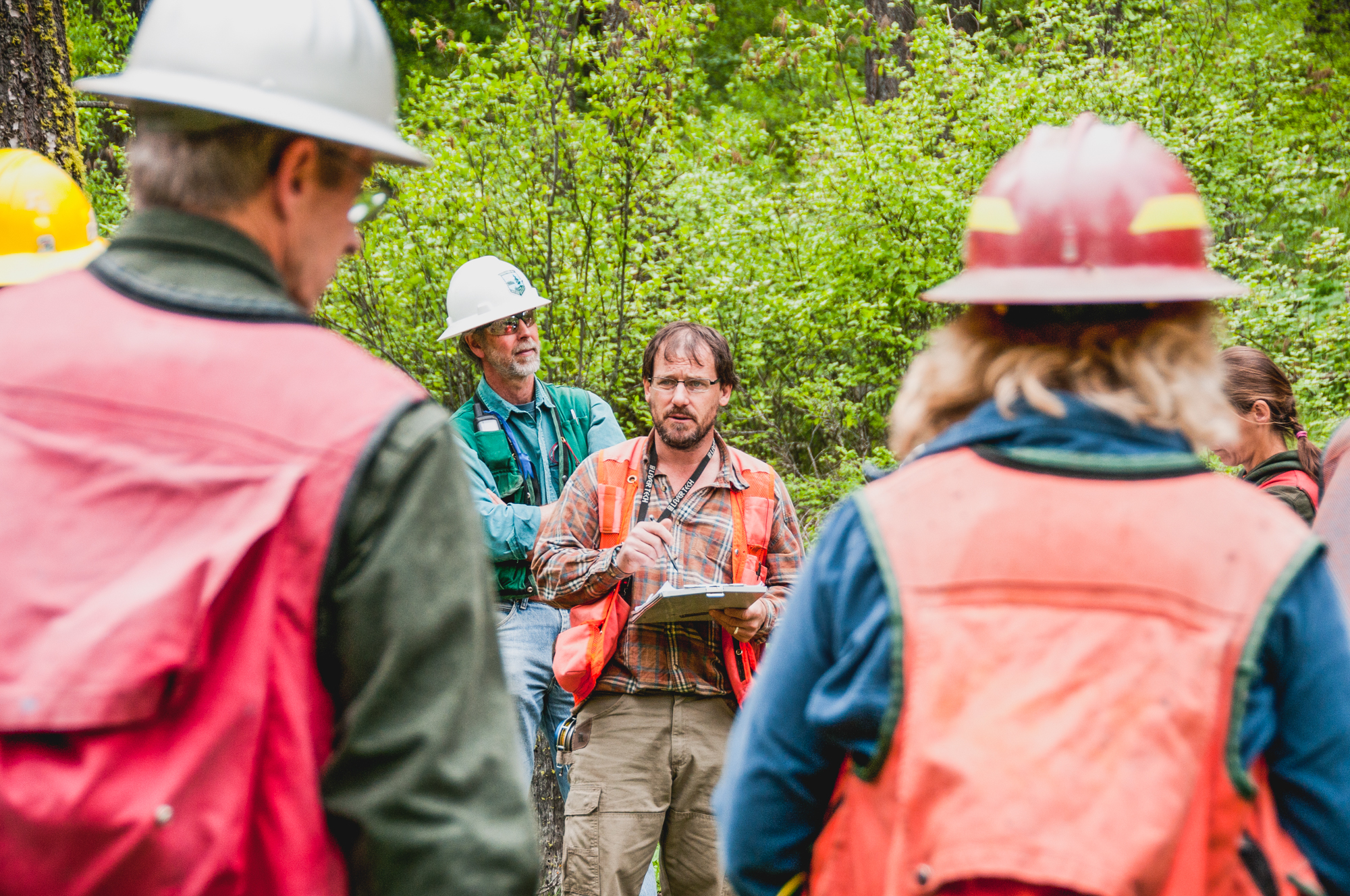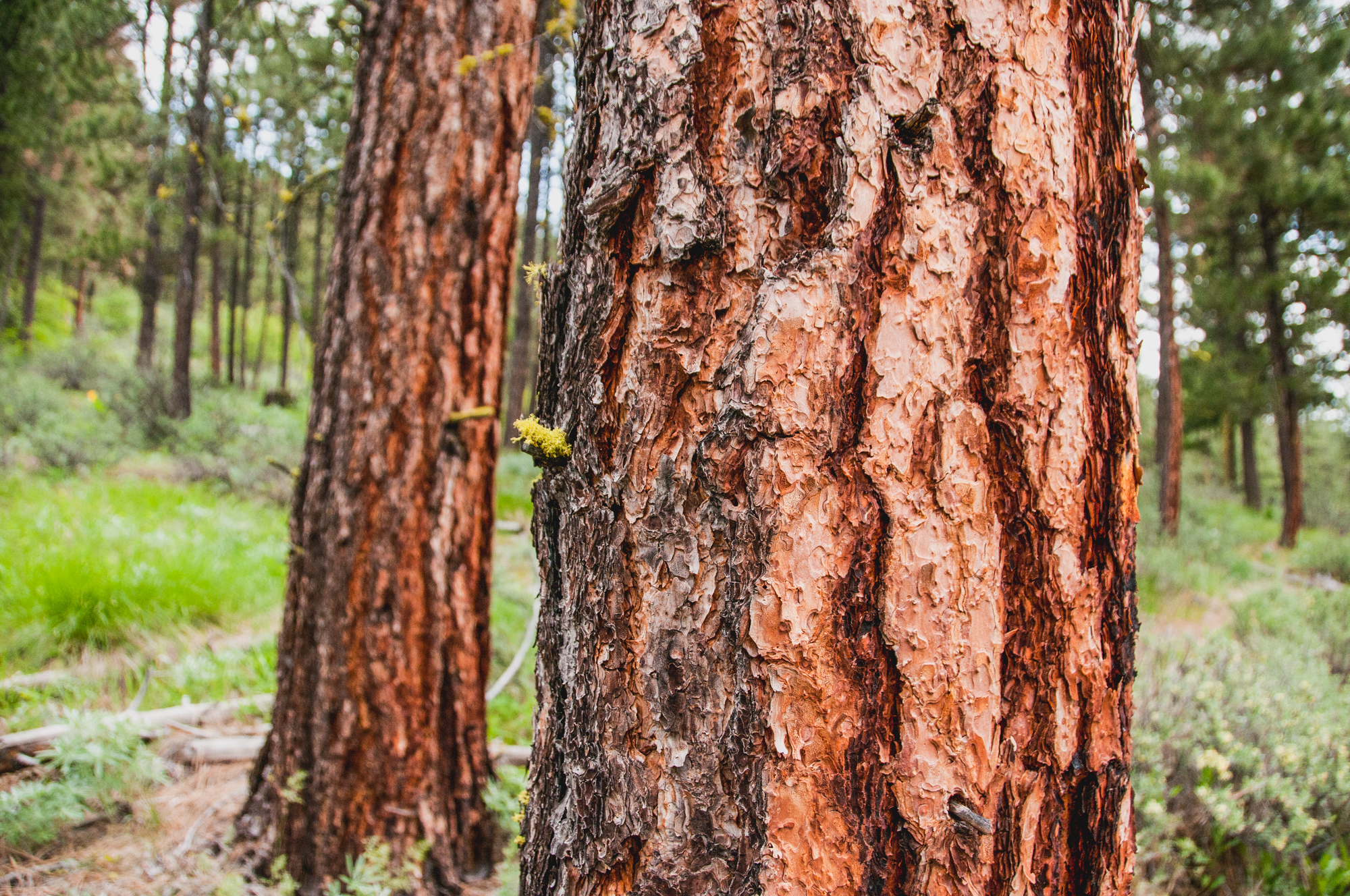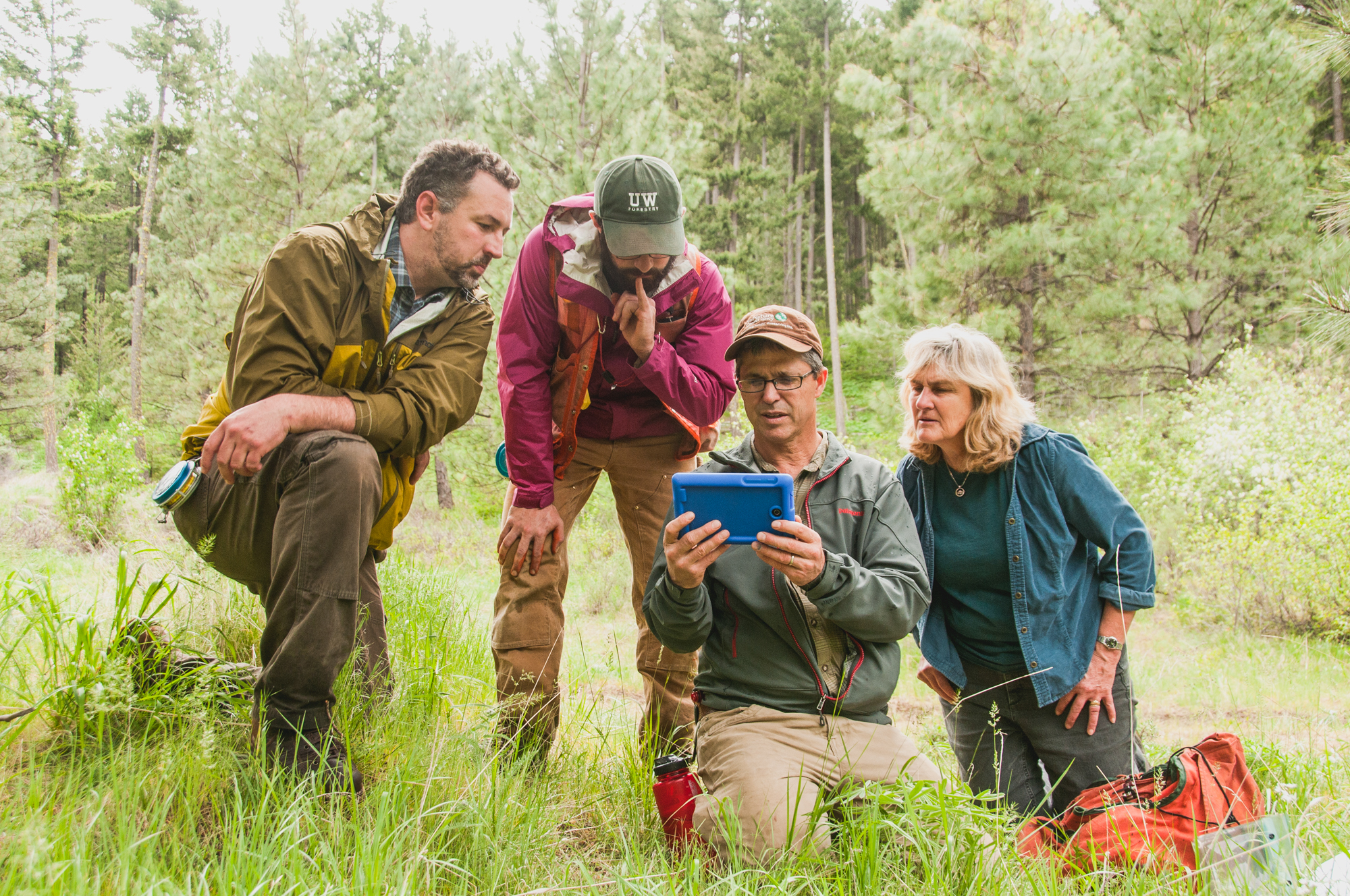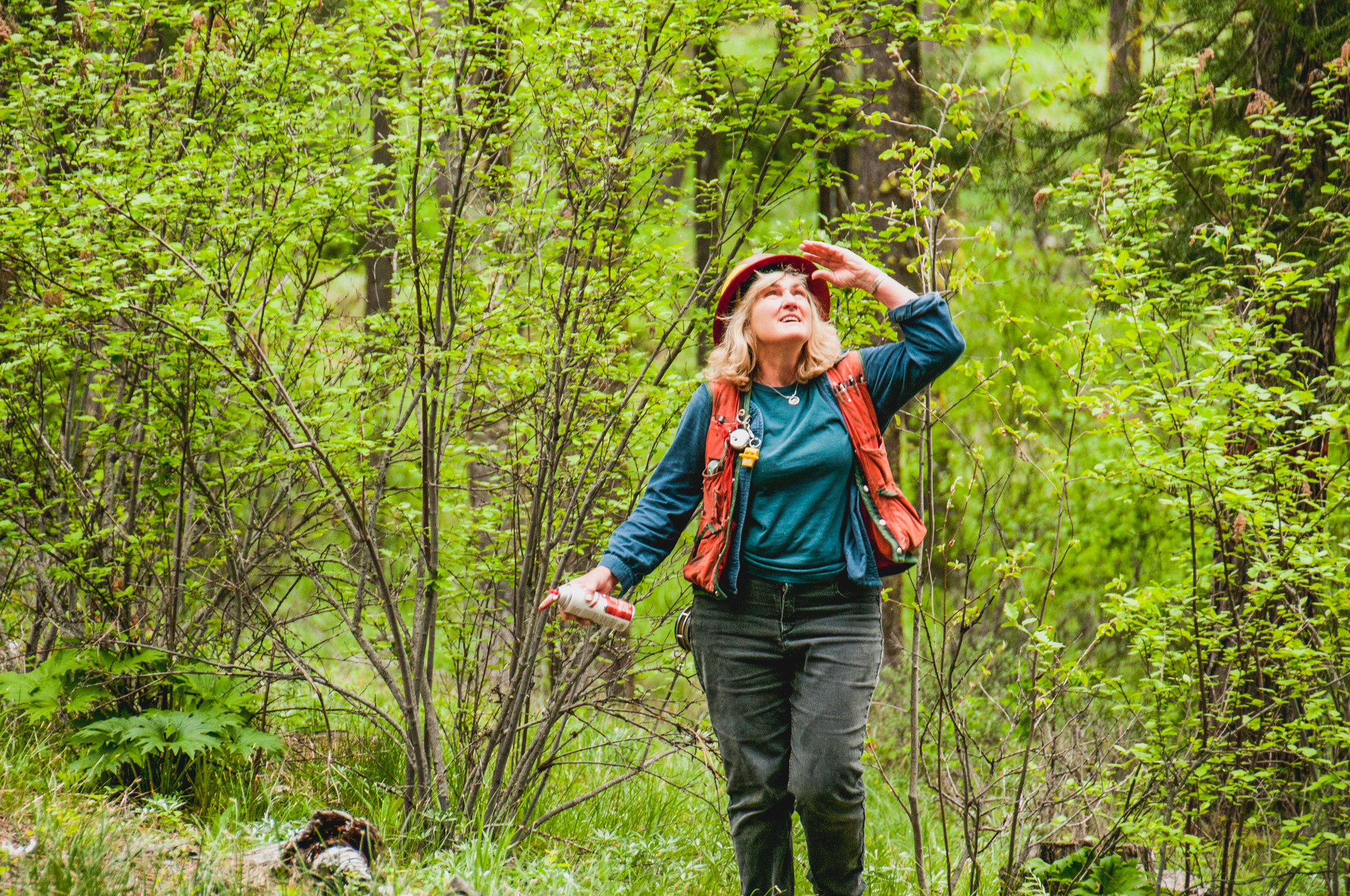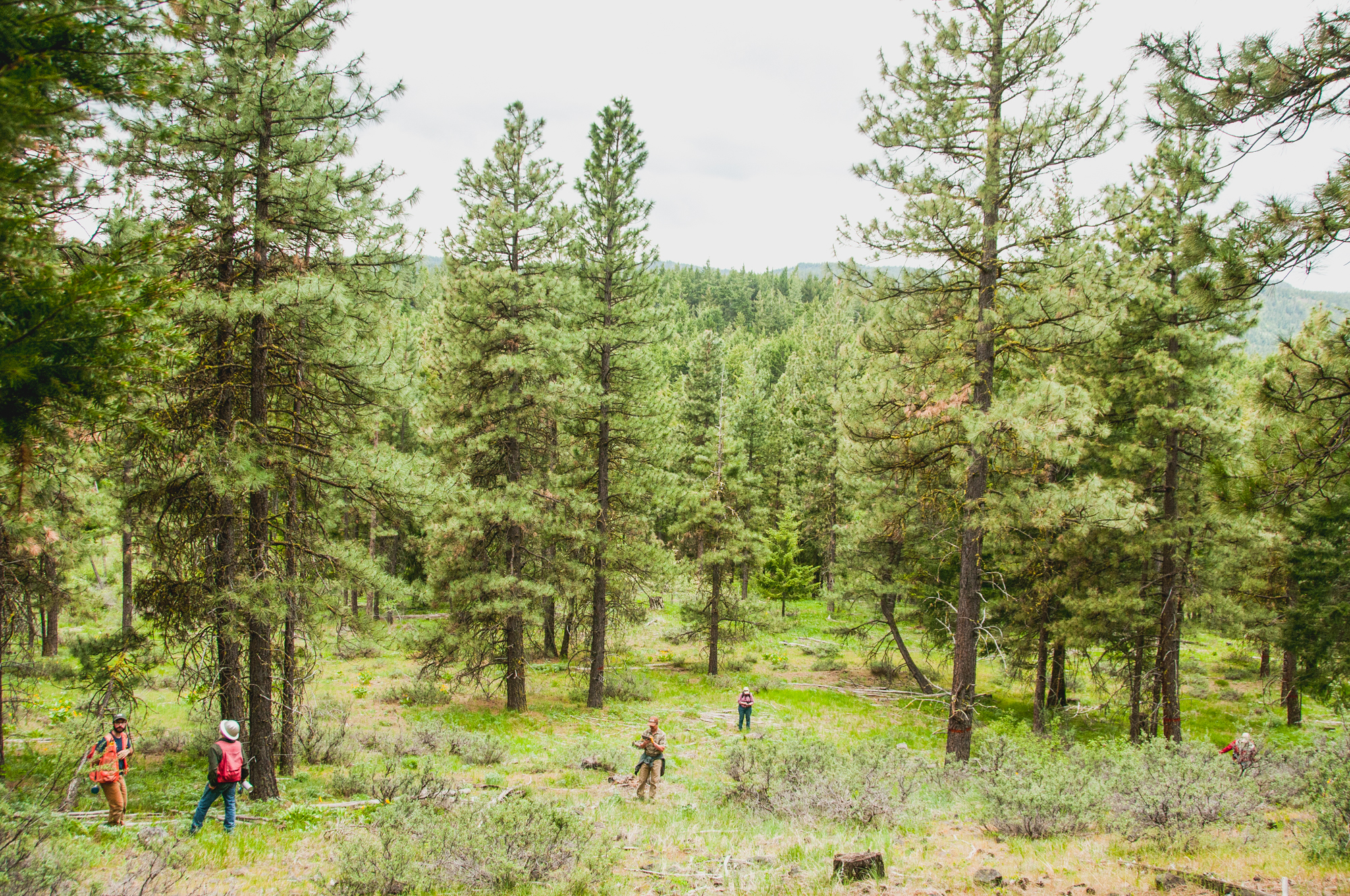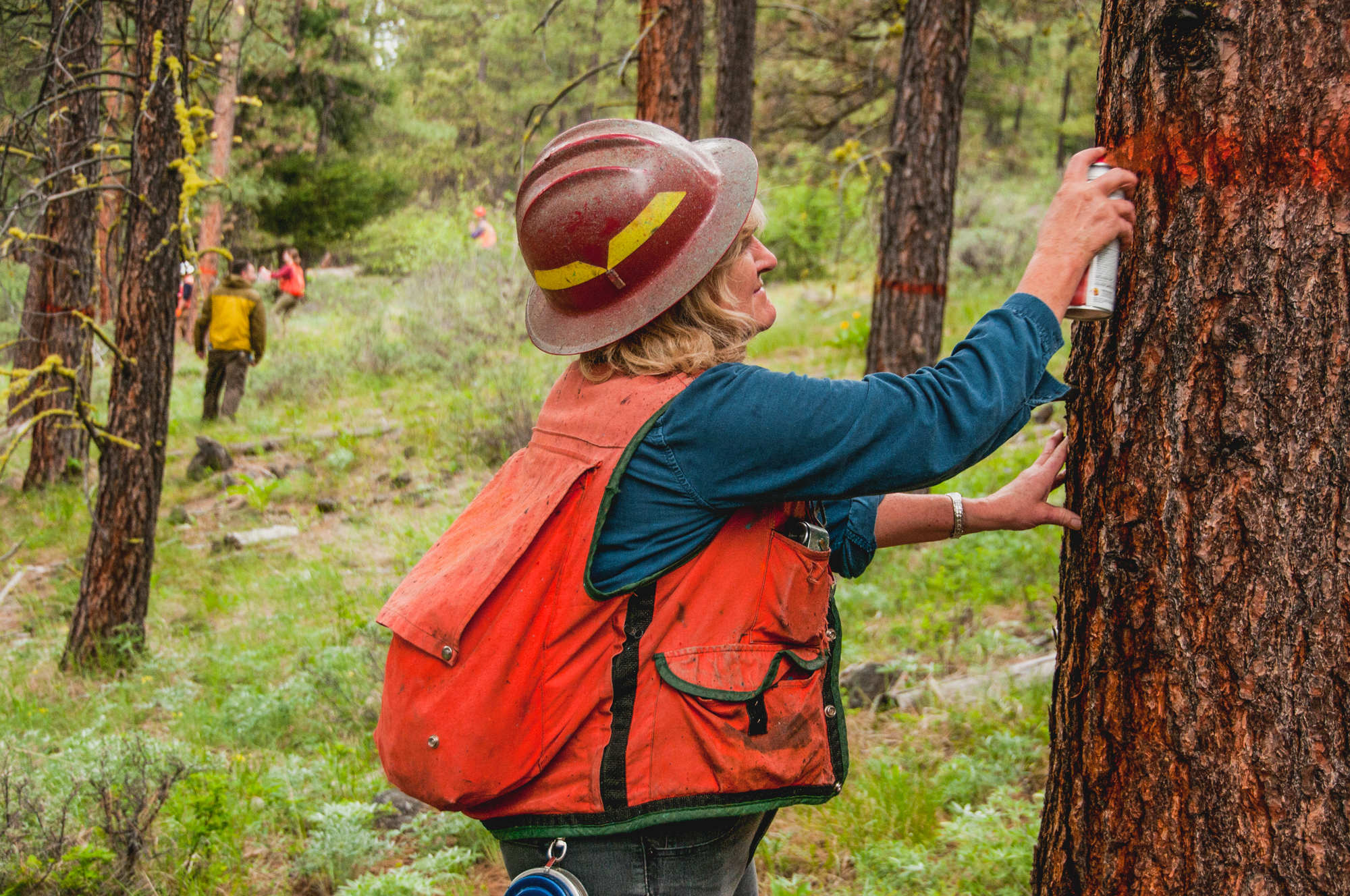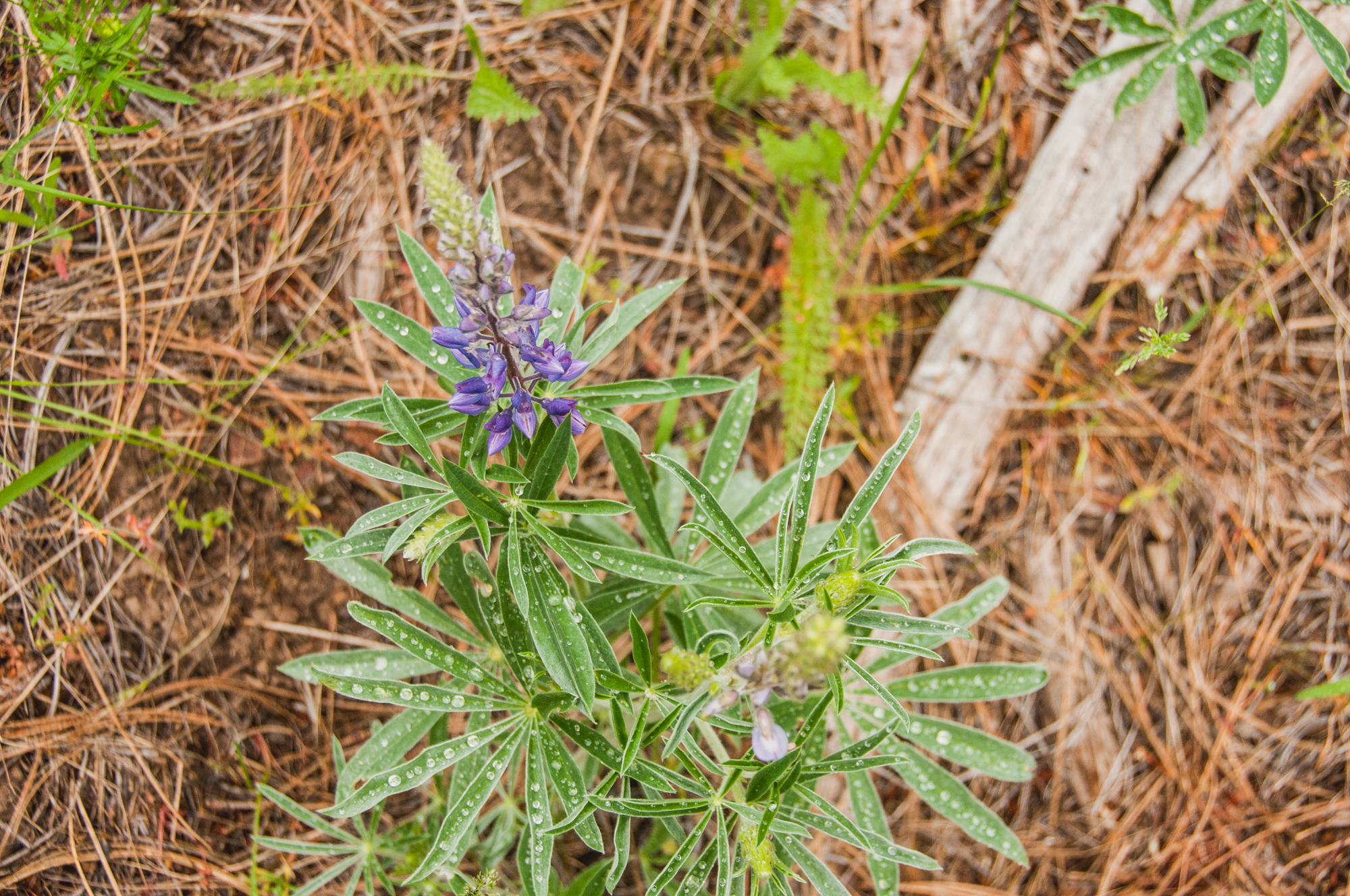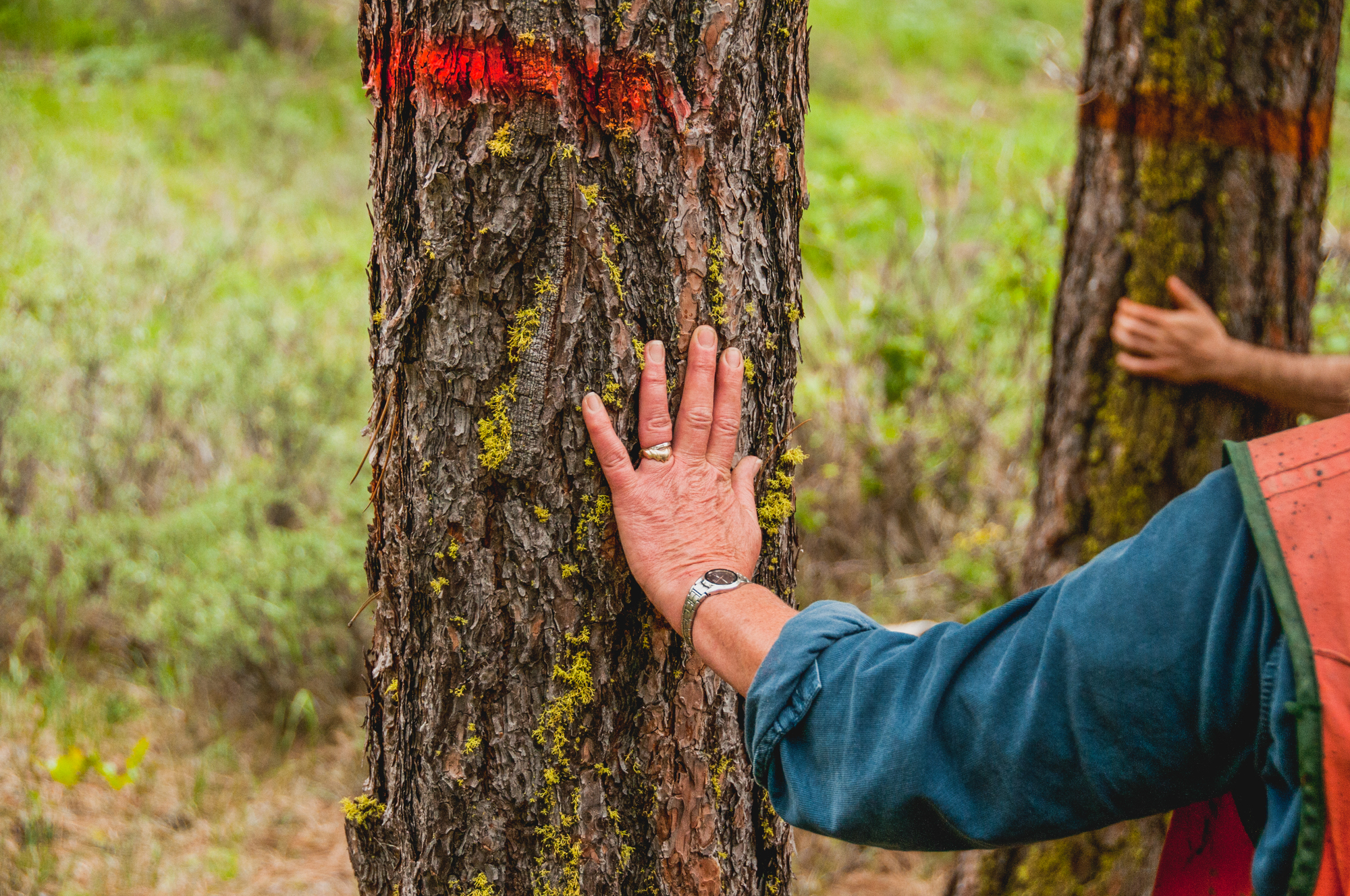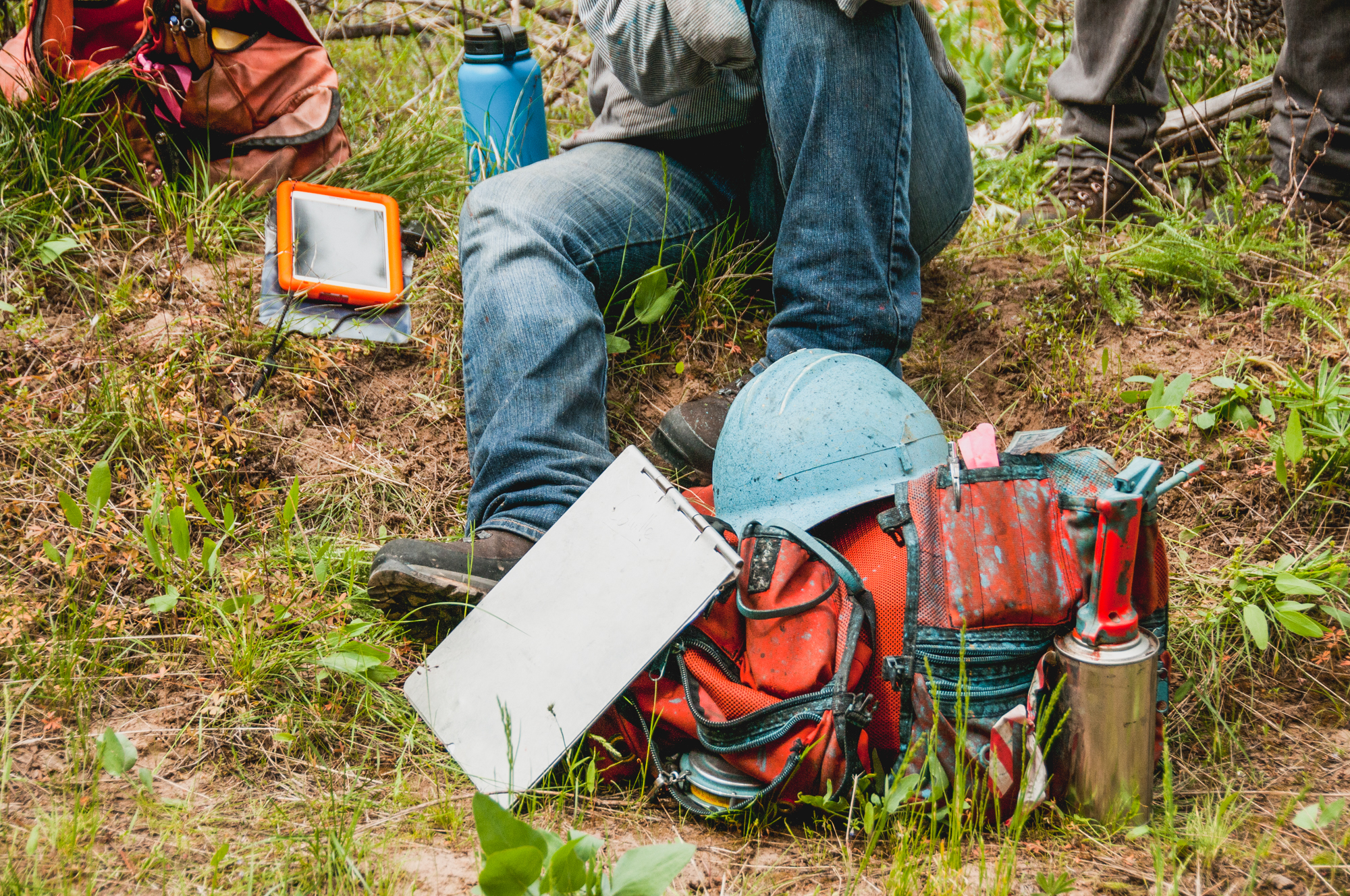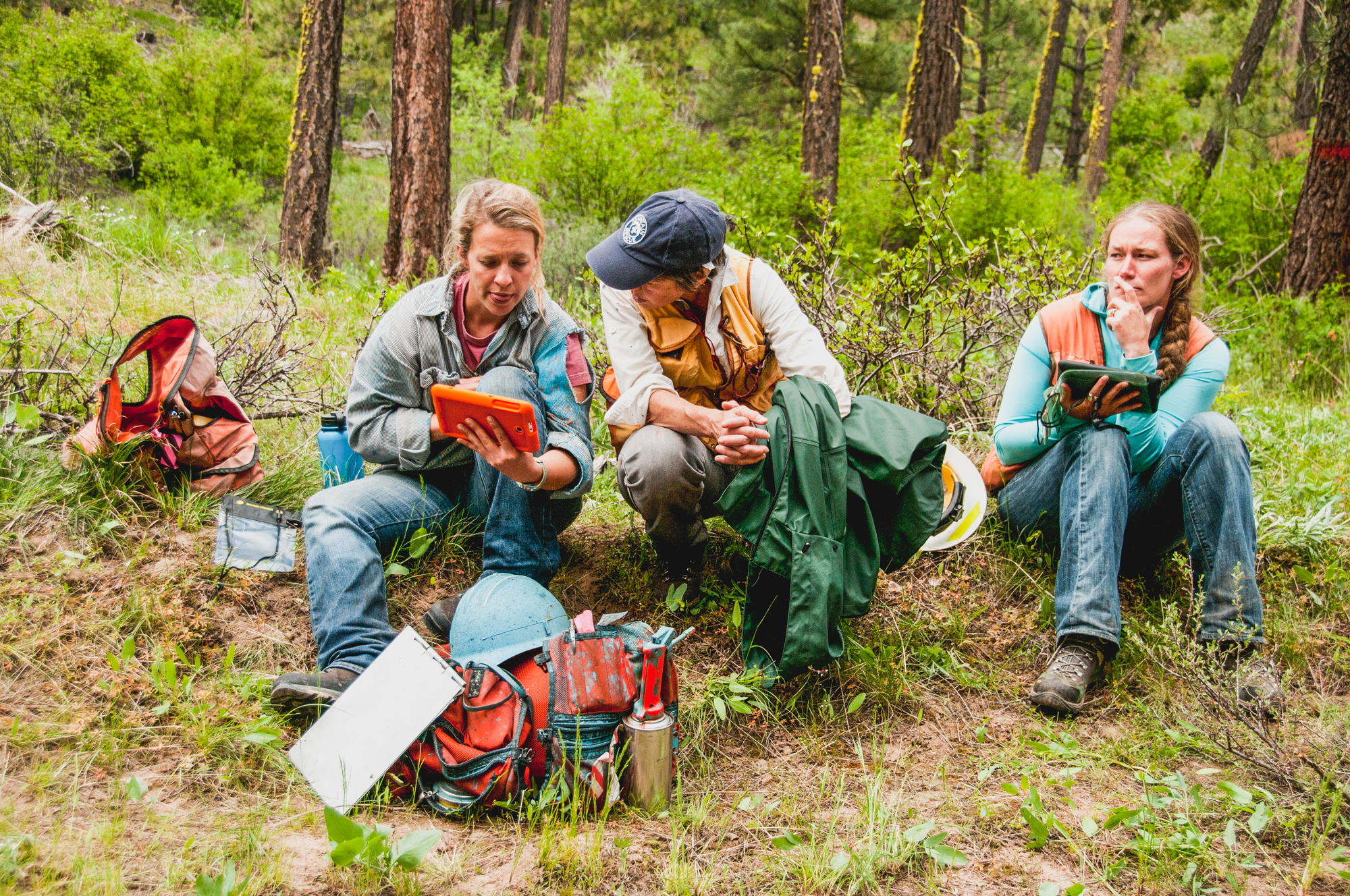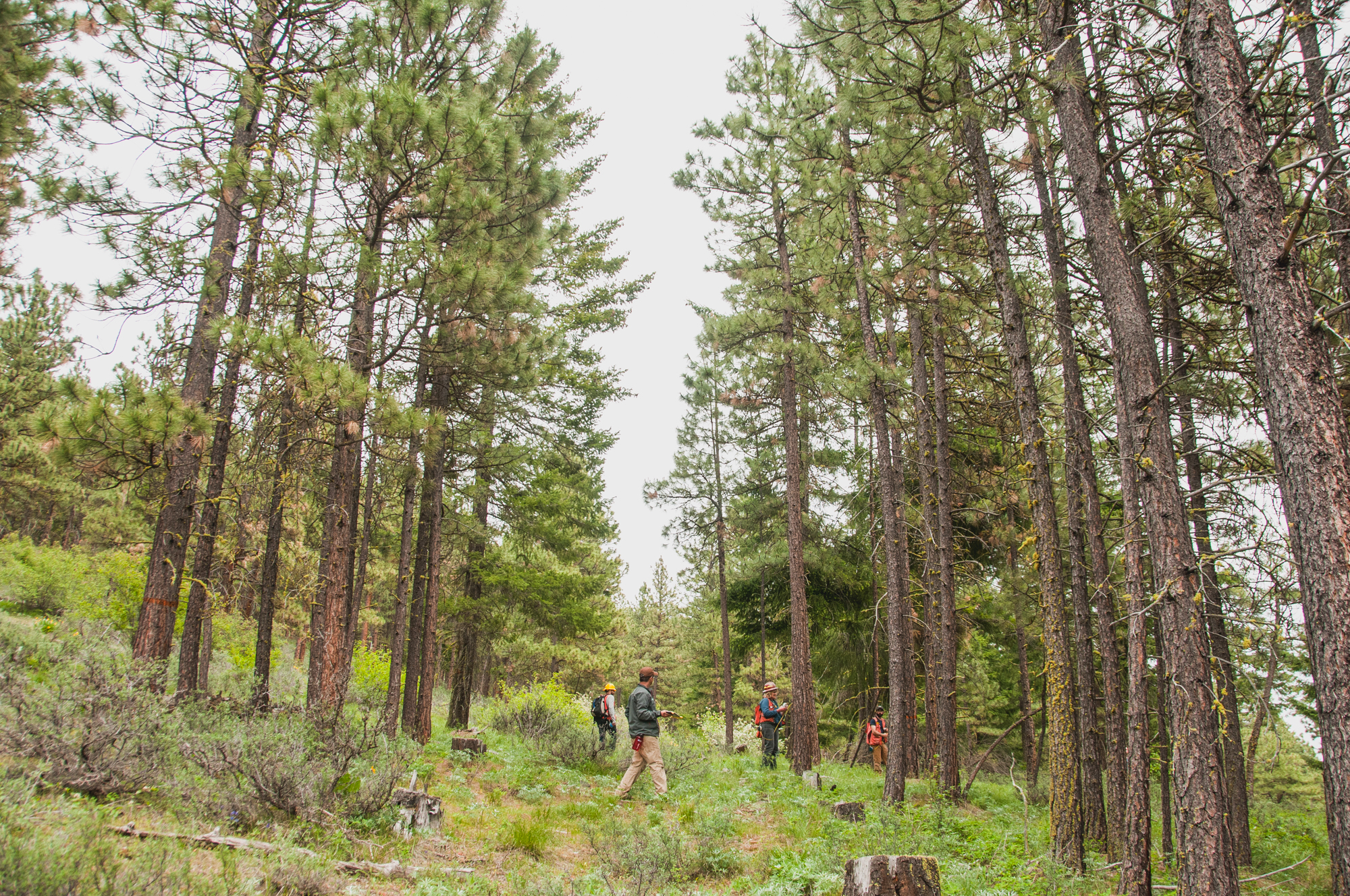This summer, two University of Washington students joined The Nature Conservancy’s (TNC’s) Science Team as conservation science interns. Alex Crabtree and Katie Thomas spent nine weeks with TNC WA through UW’s EarthLab Summer Internship Program.
Watch the Video: Frozen Frontiers
Cassie Lumbrazo, a Ph.D. student from the University of Washington, is dedicated to understanding the relationship between forests and snow. Together with an interdisciplinary research team and support from the Washington Department of Natural Resources and the Nature Conservancy, Cassie investigates forest-snow processes near Cle Elum Ridge.
TNC & UW Scientist Dr. Phillip Levin to Lead First National Nature Assessment
Innovation in Stormwater Research: The Q-Methodology
Innovation in Stormwater Research: Multi-Objective Prioritization Methodology
Innovation in Stormwater Research: Qualitative Network Modeling Methodology
Studying Sustainable Seafood in Seattle
Schooled on forest-health management
Writing and photo by Dr. Dave Shaw, Oregon State University
Ryan Haugo, a Nature Conservancy senior forest ecologist, hosted our graduate field forest-health class in the Manastash-Taneum Resilient Landscapes Project area in September. It was an epic visit that completely blew our minds.
Beginning with a stunning view of the Washington Cascades, Ryan introduced us to the Tapash Sustainable Forest Collaborative, which is implementing a scientifically based ecosystem-management plan for a complex terrain with mixed owners and ownership history. The landscape is rugged, showing recent fire impacts and is comprised of mixed conifer forests, which vary depending on elevation, aspect and soils.
The effort to use active management, such as forest thinning, planting and prescribed fire, to advance ecological integrity and biodiversity, is a classic example of forest-health management.
This is the application of knowledge gained by a group of interacting scientists and managers, led by the U.S. Forest Service's Pacific Research Station, The Nature Conservancy and University of Washington scientists. It can be considered a test of current theories on how best to manage Eastside Cascades forests for the benefit of everyone.
Read more about the Central Cascades forest
Eelgrass, home for sea life, is holding its own in Puget Sound
Some news from the bottom of Puget Sound: The total area of eelgrass beds hasn't changed much in the past 40 years. When other habitat areas have declined, this is encouraging — especially considering the number of aquatic species that use eelgrass beds, from young salmon to crabs. Eelgrass beds are common in tidal zones and along shorelines.
“Eelgrass meadows can grow so thick that when you’re swimming through them, you can’t see anything else,” said co-author Tessa Francis, of the Puget Sound Institute at UW Tacoma, in an interview with The Seattle Times. Watch the video for a diver's-eye view of eelgrass beds off the south coast of Whidbey Island. (Video courtesy of Ole Shelton, NOAA).
The report, co-authored by our lead scientist Phil Levin, was published in the Journal of Ecology. Another promising find was that significant changes in eelgrass beds occurred on a very small scale — meaning local action may likely lead to positive results.
"Our human population has exploded, we have all kinds of increasing impacts on Puget Sound, and yet eelgrass is resilient," said Phil. "It gives us hope about the ability to restore eelgrass. It tells us that what we do at the neighborhood scale matters, and we can have a positive impact."
Phil added that one of the largest increases in eelgrass is near our Port Susan Bay Estuary Restoration Project. The Stillaguamish River spills into the bay, mixing freshwater and saltwater to create extensive estuarine marshes that produce a vast quantity of decaying organic matter, helping the offshore habitat.
The data that have been collected and used in this analysis are incomplete and several of the findings beg further research — such as how adjacent areas have very different trends and nearby population density doesn't seem to have a strong correlation with negative impacts on eelgrass beds.
Read The Seattle Times' Article
About the Analysis
Phil Levin, Noted Conservation Scientist Joins Nature Conservancy, University of Washington
SEATTLE, WA — Conservation scientist Phillip Levin is stepping into a newly created joint position as the Lead Scientist for The Nature Conservancy in Washington and Professor of Practice in the University of Washington’s College of The Environment.
Levin says he is looking forward to tackling the big challenges and scientific questions facing us in the region by bringing together the practical work of a conservation organization working locally and globally, the knowledge and research capacity of a major university and the science, technology and innovation leaders in the region.
“I love the phrase ‘professor of practice,’ ” he said. “We’ll have the opportunity not only to answer very specific questions about how best to achieve conservation outcomes, but also discover new questions and bring them forward.”
“The Nature Conservancy has always used science as a foundation for our work,” said Mike Stevens, the Conservancy’s Washington State Director. “What Phil brings us in this new position is a clear ability and focus on how to deploy science and people to solve really the big challenges that are facing us today.”
“UW and the Conservancy have a history of working together,” said Dr. Lisa Graumlich, Dean of the UW’s College of the Environment and Mary Laird Wood Professor. “This new position takes our collaboration to a higher level by fully uniting our considerable research expertise with the Conservancy’s leadership in conservation on-the-ground. If we want to make sure our research has a positive impact on environmental challenges, it needs to reach the right people. Phil is the best person to lead the way: He has a long, successful career based on building teams of people from many disciplines who create better resource management plans by working together. We’re extremely excited for our students to learn from his years of experience.”
Levin will work in the School of Environmental and Forest Sciences and Center for Creative Conservation within the College of The Environment.
Read a Q&A with Levin here
Levin comes to UW and the Conservancy from the NOAA Fisheries Science Center in Seattle where he was Senior Scientist and Director of the Conservation Biology Division.
Levin has received the Department of Commerce Silver Award and NOAA’s Bronze Medal for his work on marine ecosystems, and the Seattle Aquarium’s Conservation Research Award for his work in Puget Sound
He has published over 150 scientific papers in peer-reviewed journals, book chapters and technical reports, and his work has been featured in such news outlets as NPR, PBS, the BBC, MSBNC, The Economist, among others. His research into Puget Sound’s sixgill sharks was recently featured on “Wildlife Detectives: Mystery Sharks of Seattle” on KCTS-9.
Levin is an editor of the scientific journal, Conservation Letters, recently served as President of the Western Society of Naturalists, and has served on numerous editorial boards and scientific advisory panels.
He received his Ph.D. in zoology from the University of New Hampshire in 1993 and was a postdoctoral fellow at the University of North Carolina.
A New Way, A New Forest
Written by Robin Stanton, Media Relations Manager
Photographed by Hannah Letinich, Volunteer Photographer
Some 25 foresters from a variety of agencies hiked up into the sun-filled forest of the LT Murray Wildlife Area on a May morning to practice a new way of evaluating tree stands and selecting trees for ecological restoration thinning.
The workshop, led by University of Washington research scientist Derek Churchhill who developed the method, was organized by our own senior forest ecologist Ryan Haugo.
LISTEN TO THE DAY FROM NORTHWEST PUBLIC RADIO
It brought together foresters from the U.S. Forest Service, the Washington Department of Fish and Wildlife, Washington State Parks, Department o fNatural Resources, and The Nature Conservancy to learn this new way of ecological restoration. The method, called ICO, for Individuals, Clumps and Openings, is designed with the goal of creating a mosaic pattern in the forest to make it more like historic conditions.
This all part of the preparation for a 100,000-acre restoration project in the region to be carried out by the Tapash Sustainable Forests Collaborative, of which the Conservancy is a partner.











